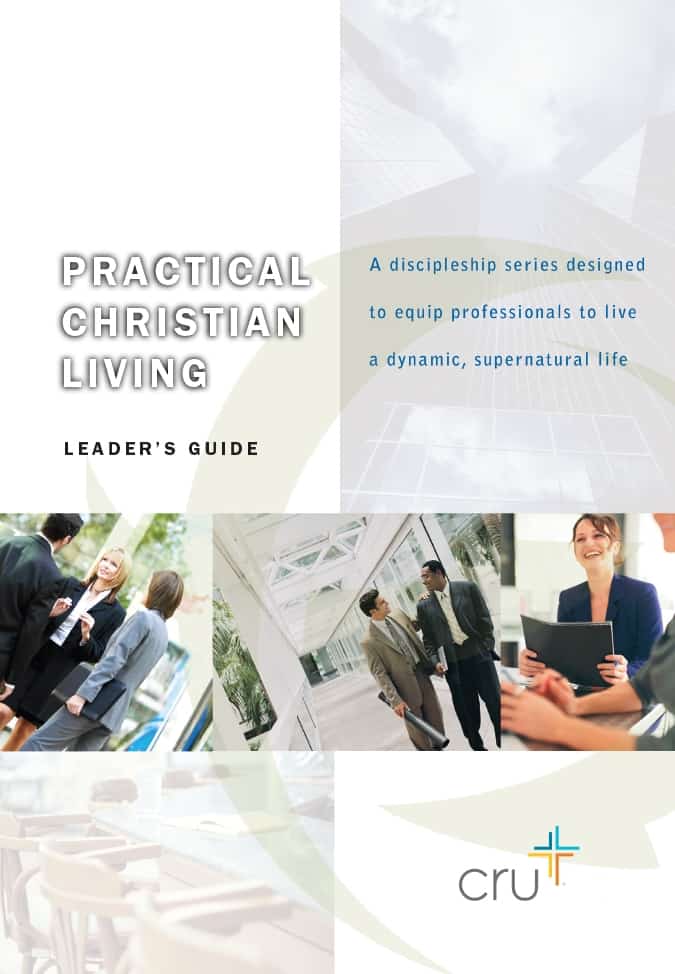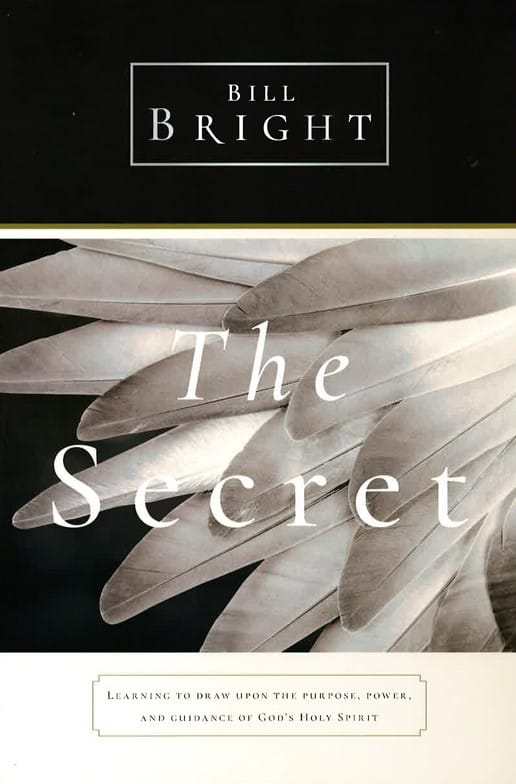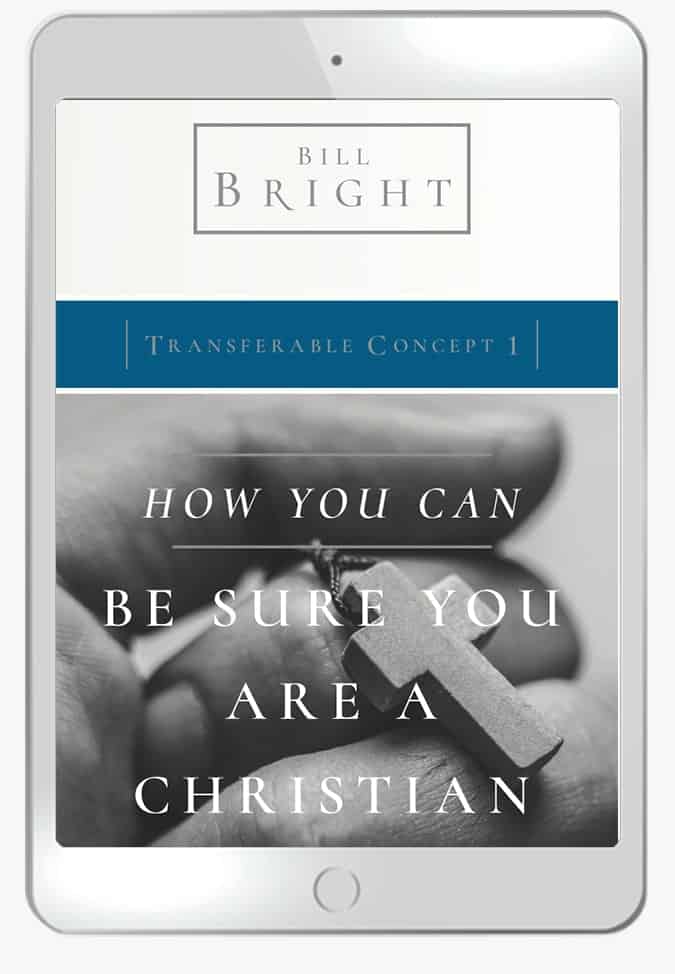Village Sees JESUS for the First Time

One thousand or more people sit in the dirt or stand and stare at a white sheet. As the sun ducks out of sight in Milenaka, a remote little village in Madagascar, the stars begin to twinkle and the unrelenting heat of day retreats.
These Masikoro people are about to watch the first motion picture in their language, Masikoro. The tribe of about 109,000 people is scattered throughout southwest Madagascar.
Max Randriafaly gears up the projector. He's been a guest in this village, preparing the people for this eventful night.
He and his family live in Toliara, a town nearly two hours away. However, the road trip is costly and dangerous. It would be absurd to commute day to day, so for nearly two weeks, Max and his teammate, Lala Ramiandrisoa, have lived in the village and earned the trust and the interest of the villagers.
Max and Lala joined them for 3 daily meals of rice; they've slept on the dirt floors inside their thatched huts; they've played with their children.
Earlier this night, as Max helped unload more than 100 pounds of equipment from his white Toyota Land Cruiser -- he doesn't know the year of the car, only that it runs -- a throng of 300 excited children swarmed him, shouting and laughing.
But now, the swarm has gone silent. The children have nestled themselves in the dirt in front of the makeshift screen, nothing more than a white sheet stretched between 2 poles, while most adults stand along the edges, curious.
Max cues a 16-millimeter film to the beginning.
It's not only the first movie ever in their language, but also likely the first and only movie these people will see their entire lives.
The crowd is silent, even the babies. No whispers. No shuffling. Before the film begins, only the hum of a generator breaks the silence. More than 86 percent of households in this island country do not have electricity, including those of this Masikoro tribe. Without the gasoline-run generator, there'd be no show.
They are watching the JESUS film. Directly translated from the Gospel of Luke, this movie teaches them about the God of whom few have ever heard.
The Masikoro people, like most in Madagascar, combine animism with traditional African religion. Many worship crocodiles or stones and ask dead ancestors to mediate for them.
Until 2004, no Scriptures existed in their mother tongue. Thanks to a partnership with Wycliffe Bible Translators, missionaries facilitated the translation of the Bible into Masikoro, purposely starting with the Gospel of Luke. That way, technicians with The JESUS Film Project® could transform the translation into the full-length gospel feature.
Since French and Malagasy are the two official languages of Madagascar, these versions have been available for years. The Masikoro translation just debuted.
As the people watch, Jesosy -- the Masikoro name for Christ -- instructs Simon to cast his net on the other side of his boat to catch more fish. He obeys, and the nets can't contain the catch. The crowd claps wildly.
Though the villagers aren't fishermen by trade, they live a mere 10 miles east of the Mozambique Channel, the body of water between their island and the southeast coast of Africa. Many are farmers, but they appreciate the miracle of the fishermen.
Eventually the first of three reels runs out of film, flapping like a pinwheel in the dark. Adding to the enchantment of the night, Max and his team instantly brighten the area with bulbs strung up like Christmas lights; normally the people live by candlelight.
While Max exchanges the reels, Lala and 2 teenagers from the tiny village church go to the front. They hold up a banner to explain more about the Man featured onscreen.
One small church exists among the tribe, and only in January did they receive a portion of the Bible translated into the villagers' mother tongue -- the language in which they think, dream and express their feelings. Lala and Max rely on these Christians to teach people more about Christ after they leave.
Part of their 2-week preparation was soliciting help from this church and equipping them for the task. The two-week separations from home can be difficult. Last December, when Max was showing the JESUS film in another village, all four of his kids complained of stomachaches and began vomiting.
They had contracted malaria, a disease that kills 3,000 children each day in Africa. At midnight when Rinda, Max's wife, checked their children's temperatures, their youngest daughter reached a dangerous 104 degrees. Because Max was two hours away, without phones or electricity, she couldn't reach him.
"I did the only thing I could," says Rinda. "Pray." She also asked her parents to pray. It took days to get word to Max, alerting him by letter about his children's health. He returned as fast as he could. Thankfully, all four children survived.
Back in Milenaka, the film is flickering against the black night again. When Jesosy heals a blind man, the group erupts in delighted laughter. That's Max's favorite scene.
He frequently sees afflicted people -- blind or deformed -- on the streets, especially since Madagascar is among the 15 poorest countries in the world. "I'm glad that Jesus has concern for someone like that," he says.
Max first learned about Jesus as a little boy. Growing up in Antananarivo, the capital, his parents taught him and his 13 older siblings all about the Savior. But as a teenager, he rebelled and gambled away a lot of his parents' money.
He returned home like a prodigal, and surrendered his life to Christ. He met and married Rinda, and together they determined to tell others about Jesus.
In Max's country, 52 percent of the people practice indigenous religion, which includes ancestor worship. And while 41 percent profess to be Christians, many of them pollute the gospel with traditional customs.
Max's director, René Rasolonjanahary, worshipped his dead forebearers before he became a true follower of Christ. He remembers traveling with his family as a young boy to the cemetery where they'd dig up his dead ancestors' bodies every five years.
He, like many in Madagascar, danced and played with the mummies, a ghoulish yet common practice intended to gain blessings from ancestors.
René's family kept the corpses out for 3 days, then rewrapped the dead in new grave clothes and returned them to their tombs. Five years later they'd exhume them again and repeat the ritual.
And though the Masikoro tribe does not worship their ancestors in exactly the same way, Max hopes and prays that this tribe, too, will forsake their false gods and embrace the one true God, Jesus.
As the film builds to the Crucifixion, the people stare in confused disbelief. When the Romans hammer Jesosy to a wooden beam and launch Him into the air, the villagers gasp. Some start to cry.
Once He is resurrected, a family gets up to leave. René stops them. This is not the end, he explains. The film includes a complete gospel presentation with a narrator summarizing what happened, why it matters and what is next for the viewers.
Everyone is invited to accept Jesus as their Savior. Nearly every hand in the audience swings into the air to indicate a decision to follow Him.
Hundreds of voices repeat a prayer in unison, and end with "Amen."
A frail woman named Romaine accepted Jesosy during the presentation. "This is my first time hearing about Him," she says. Time is running out for this 60-year-old, who has already outlived her life expectancy in Madagascar. Women live to an average age of 58.
Zara also raised her hand to follow Christ. The 8-year-old showed up to the film barefoot like most of the kids, her hair in cornrows. "I followed along with the prayer today," she says, "I liked Jesosy's story."
People drift home.
René pulls the Land Cruiser over and shines the lights on the dirt space to help with the cleanup. Max and Lala unplug cords, roll up the screen and lug the projector to the car.
The church leaders hope and pray that Zara, Romaine and all those who indicated a decision to accept Christ will truly experience life change like others who've seen the film in Madagascar.
Last year when Max and Lala showed the movie in Toliara, a woman named Samily viewed JESUS in the Malagasy language. The 34-year-old had a bad reputation, for good reason. She kept up an on going affair with a married man who even fathered 2 of her 4 children. Her other 2 children also sprung from adulterous relationships.
But Samily related to the characters in the story whom Jesus forgave; she asked Christ to be her Savior. As a result, she broke off her affair and began attending the church that originally showed the JESUS film in her village.
Samily and her children live in a thatch home the size of an office cubicle or walk-in closet. She pulls out a plastic shoe box. The bin contains most of her worldly possessions. At the bottom sits a Bible.
"Because of Jesus there is a change in my life," she says. "I live like a believer." She wiggles her Bible out daily so she can read it. She teaches her children about their Father in Heaven, the One who found her when her life seemed beyond help.
Max says, "The JESUS film changes Madagascar."
But with such a mass evangelism strategy, teaching people how to follow Christ for a lifetime can be difficult.
"It is a big problem," explains René, "because when the JESUS film team does a showing, they invite people to come to a follow-up appointment the next day. But just a few come."
That's why the JESUS film team looks for partnerships with churches to do the work with them.
Earlier this year, 500 people attended a JESUS film showing that Max and Lala hosted in partnership with Pastor Clovis' church in the town of Toliara.
Pastor Clovis, who is the voice of Jesus in the Masikoro translation, says that 4 people began attending his church regularly after the showing.
He explains, "When someone learns the truth about Jesus, they stop worshipping their ancestors. Ten or 15 out of 100 go back to ancestor worship, though, because they don't truly know the God Jesus Christ."
Max and other JESUS film workers continue showing the film to various tribes in their native languages, hoping that more people will understand Jesus' message, accept Him as their Savior, and allow Him to change their lives.
They just revealed that news to 1,000 people. Now the Land Cruiser is loaded. The JESUS film team forms a small huddle. "Thank you for the people that came," prays René. "Bless them."
They are done, but not completely. The JESUS film was just translated into four other tribal languages in Madagascar. Their work is just beginning. At dawn, they'll start over again.




















